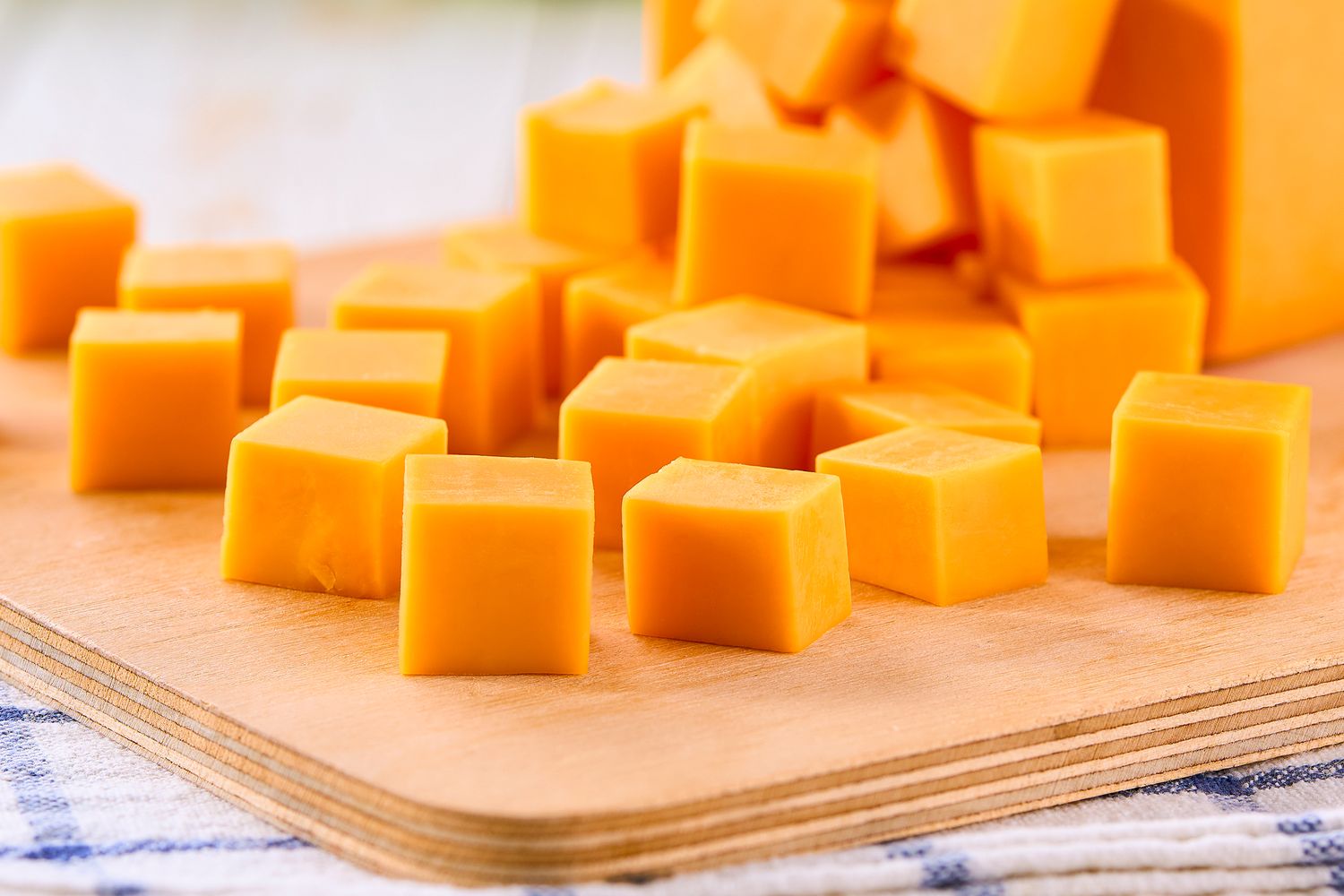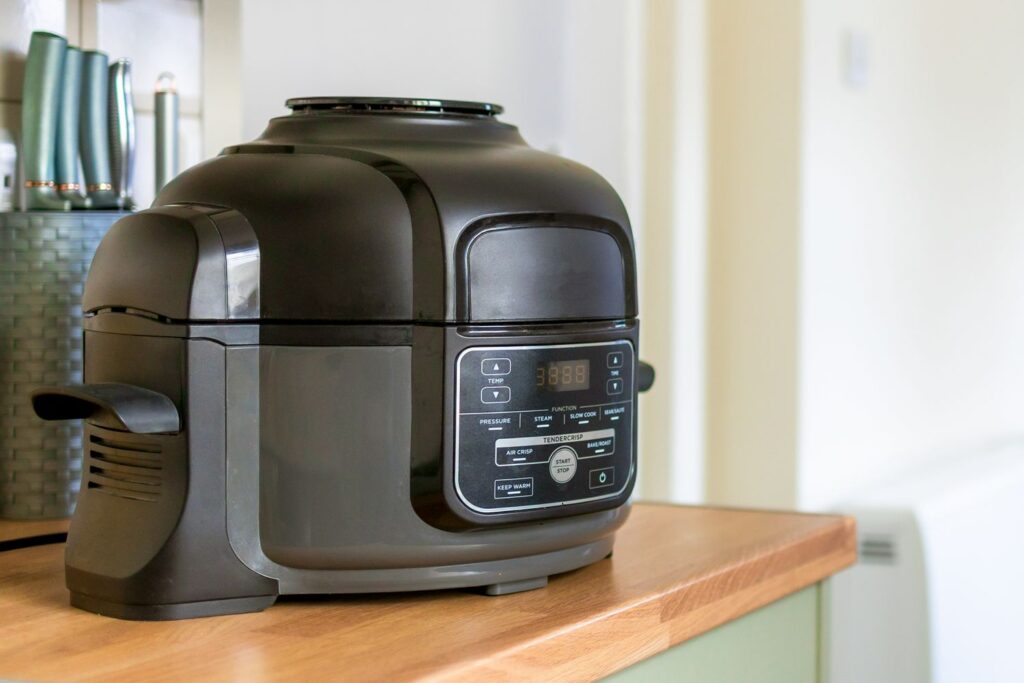:max_bytes(150000):strip_icc():format(jpeg)/Simply-Recipes-Cheddar-Cheese-Pick-LEAD-OPTION-01-9e8d217463c345edb7160b19cef05dc2.jpg)
Shopping for my weekly groceries is like earning a master’s degree in marketing. Food terms like “lite,” “natural,” and “part of a balanced breakfast” are on virtually every label. How do you figure out which ones are grounded in fact, and which are just fluff?
It starts with learning a little more about the companies that make your favorite products. That’s why I spoke with Jill Allen, certified cheese judge and Director of Product Excellence at Tillamook County Creamery Association, who walked me through what the terms “mild,” “medium,” “sharp,” and “extra sharp” mean on a pack of cheddar cheese. Spoiler alert: not much, depending on the brand.
No law dictates how a cheese maker can apply those words to a label, so there’s no consistency in what a customer can expect from one company to another.
What Do the Cheddar Cheese Labels Actually Mean?
Cheddar cheese is made of a few simple ingredients: cultured milk, salt, and enzymes, plus annatto for coloring. “We could say the fifth ingredient is time,” Allen says. The longer a cheese ages, the more its flavor, texture, and aromas evolve and change. It will grow more crystallized, its flavor more pronounced, as it crosses from months to years in the aging process.
Here’s the catch: If a manufacturer doesn’t want to wait months or years to sell a so-called sharp cheddar, it doesn’t have to. Allen says that to save on overhead costs, some brands will simply purchase milk cultures that imbue a “sharper” flavor, or some more sour notes, to imply an aging process that it never actually went through. As a younger cheese, it’s got more moisture, too, meaning you won’t experience crystalline structures or the slightly crumbling textures of a long-aged cheddar.
Simply Recipes / Tillamook
What I Learned About My Favorite Brand of Cheddar Cheese
“I think it’s important that people taste that true cheddar flavor at its ripening age,” Allen says. For example, at Tillamook, each cheese term is tied to an actual unit of time:
- Medium: Aged at least 60 days
- Sharp: Aged at least nine months
- Extra Sharp (Yellow): Aged at least 15 months
- Extra Sharp (White): Aged at least two years
For Tillamook, the 60-day minimum threshold isn’t arbitrary. It points to one big thing the government does regulate in the cheese making process: the use of unpasteurized milk. Since Tillamook’s milk is heat-shocked but not fully pasteurized, they must follow the federal laws for raw milk (even though it’s not raw). The law requires holding the cheese for a minimum of 60 days at or above 35°F.
For every age range, the phrase “at least” indicates that the cheeses are cut and prepared for sale within 30 to 60 days of that timeframe. So a Medium cheddar might be somewhere between 60 to 120 days old. Allen says this range is nevertheless “consistent for functionality, for melt and stretch, flavor and texture, whether you’re eating it cold or in hot applications.”
“That’s so important to us,” she adds.
As for why the yellow and white extra-sharp thresholds are different, well… that answer appears to have been lost to time.
“I’ve been at Tillamook for about 25 years, and no one really knows why,” Allen admits. “Honestly, I really think it’s to provide another [offering]. Just another element to make it a little different.” (Because, as a reminder, there’s no inherent difference between yellow and white cheddars.)
In a world of deceptive marketing tactics, it’s nice to know that at least one item in the dairy case seems to be holding itself to a transparent standard. Doesn’t it kind of make you want to contact your other favorite brands to double-check what the terms on their labels really mean? You never know what you’ll learn.



Leave a Reply